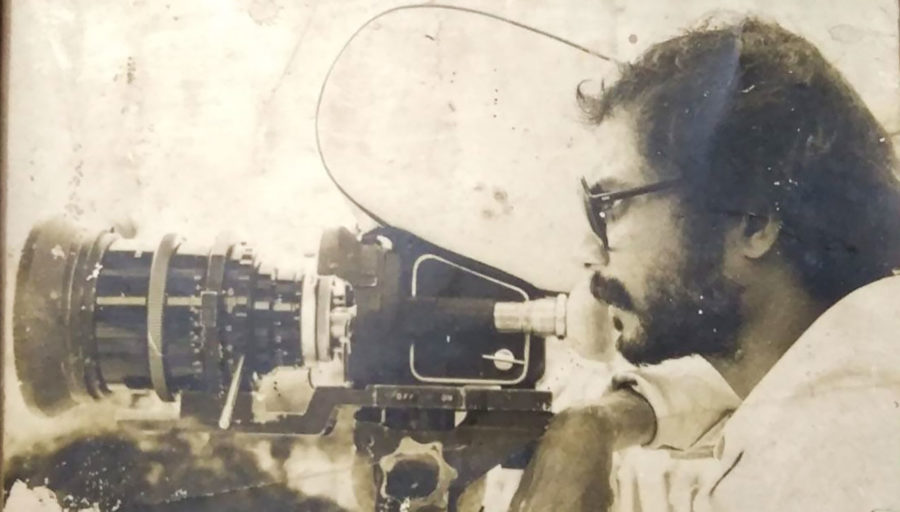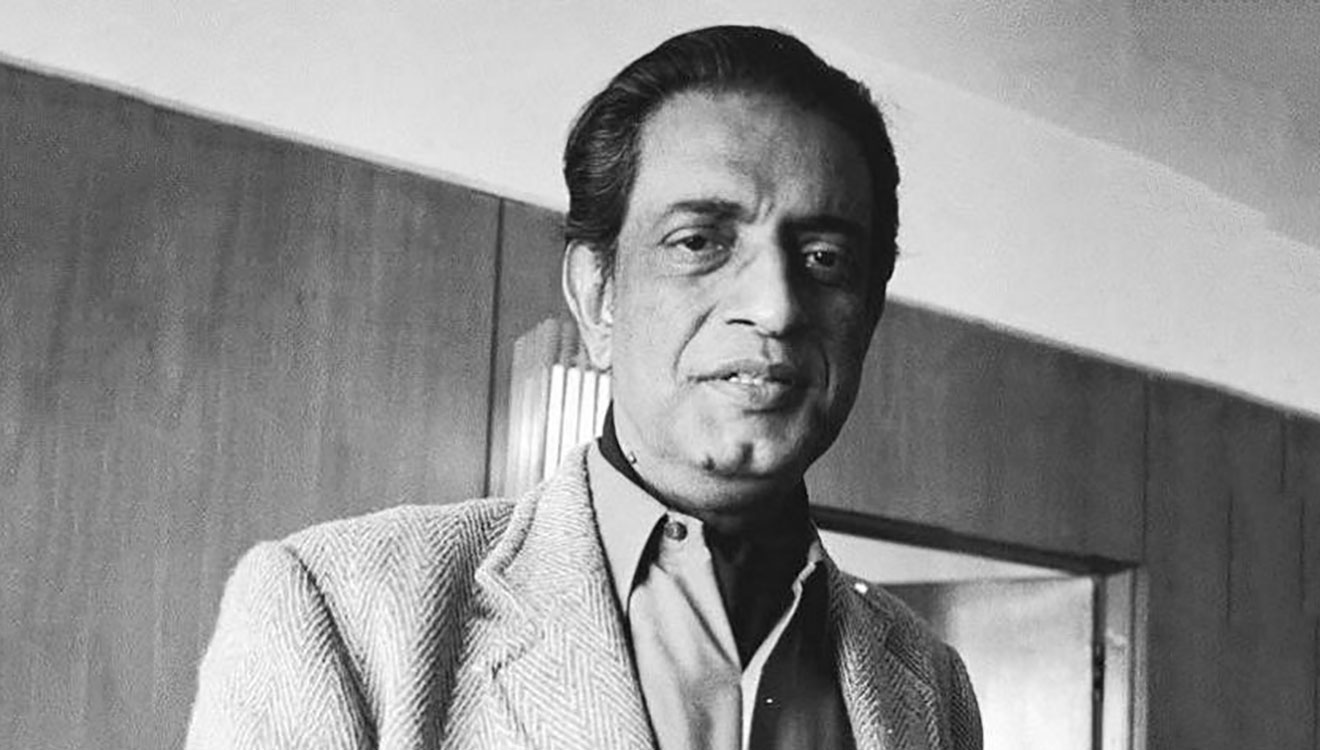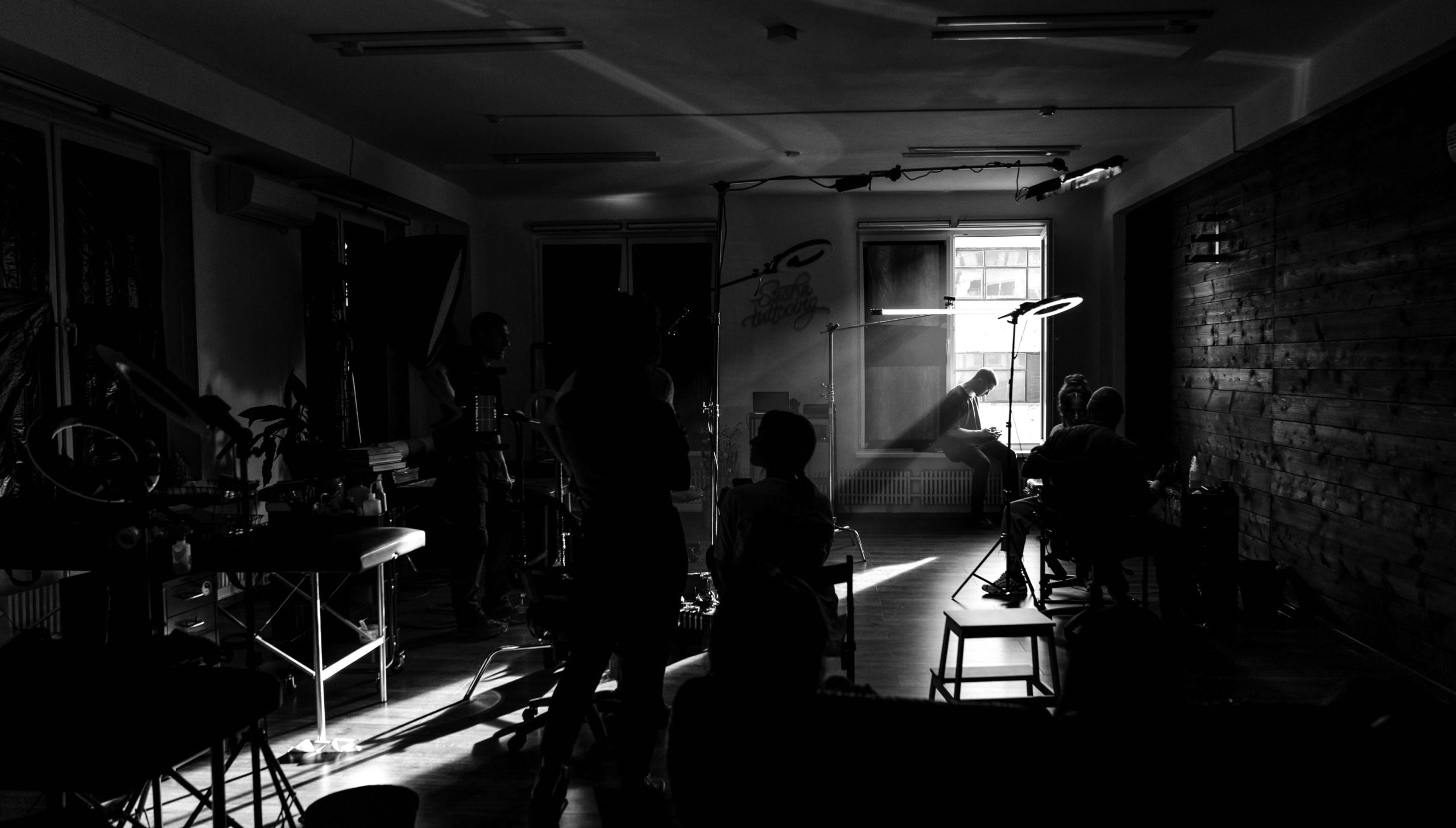PS Nivas, the renowned cinematographer and filmmaker who had worked in Tamil, Malayalam, and Hindi films, died of cancer in Calicut on Monday.
He was 75.
A winner of the National Award for the Best Cinematography in the Malayalam film Mohiniyaattam (1976), Nivas was born in Calicut and moved to Chennai to pursue motion picture photography from the Institute of Film Technology. After debuting as the assistant cinematographer in the Malayalam film Kuttyedathi (1971), his first film as the main cinematographer was in the Malayalam film Sathyathinte Nizhalil (1975).
Nivas then forayed into Tamil films, debuting in veteran filmmaker Bharathiraja’s 16 Vayathinile in 1977. The duo went on to collaborate in several films, including Kizhake Pogum Rail (1978), Sigappu Rojakkal (1978), Solva Sawan (Hindi remake of 16 Vayathinile) (1978), and Puthiya Vaarpugal (1979).
Nivas was known for his techniques like backlighting during outdoor cinematography, low key lighting, and handheld filming.

Condoling the death of his cinematographer friend, Bharathiraja wrote on social media, “The great creator who was a part of 16 Vayadhinile, my career’s first film and the five successive victories, the best cinematographer, my friend Nivas’ death has been a huge shock to me. Deepest condolences.”
Filmmaker Sangeeth Sivan tweeted, “Noted Cinematographer/Director/Producer Nivas passes away in Calicut. One of my earliest influencers. Worked in Hindi, Tamil & Malayalam. Best known for his work with Bharatiraja starting with 16vayathinilae omshanti.”
Renowned cinematographer PC Sreeram tweeted, “The man who shot 16 Vayathinile for Bharathiraja & opened up a whole new avenue of visual narration for Indian Cinema, particularly the Tamil film industry – Nivas has left us with a lot to cherish. May his soul rest in peace.”
Speaking to Silverscreen India, cinematographer Vijay Milton said, “He was a hero for us. As a cinematographer, he had introduced trolleys to create lengthy shots and also used zooming while taking such shots. This methodology can be seen in Bharathiraja’s films. Before this, cinematographers either used trolleys to move while filming or used zoom shots as stationary, but he combined both. He zoomed while moving. His tracks laid for filming were as long as 60 feet, while others would only use 10-12 feet. That was the first time I saw such methodology being used. Though I have not seen him personally, his methodology is what comes to mind when his name is mentioned.”

Cinematographer and filmmaker KV Anand recalled his memories of watching Nivas’ work and said, “In Tamil cinema at that time, it was only the actor, director or music composers’ work that got recognised and appreciated by people. But I remember, when 16 Vayathinile released, I was studying in Class VII, and people talked about Nivas’ cinematography. At that time, most of the films were shot indoors. The team of 16 Vayathinile, however, had travelled all the way to Madurai to shoot. The film was taken in a low budget and Nivas did hand-held cinematography for the film. Though I was not aware of the technicalities back then, I could recognise that it was shot differently.”
Anand said that Nivas became a household name after Tamil magazines mentioned the cinematographer’s work in their reviews.
Recommended
Nivas had used ORWO films, a type of photographic film produced in erstwhile East Germany, for 16 Vayathinile, said Anand. “It is a cheap quality film, but he used it efficiently.”
Anand said that Nivas was known for his unconventional method of handling the camera. While he can’t recall the famed cinematographer’s physical traits, Anand said he could clearly remember his work. “He did not like publicity. It is his work, his sense of lighting and framing, that stands out.”
Besides cinematography, Nivas had also directed films, including Kallukkul Eeram (1980), Enakkaga Kaathiru (1981), Nizhal Thedum Nenjangal (1982), and Sevvanthi (1994)
The late cinematographer is survived by his wife Shobha, two daughters, Diana Nivas and Dhanisha Nivas, and son Dawn Nivas.



